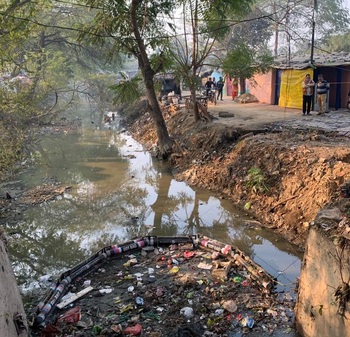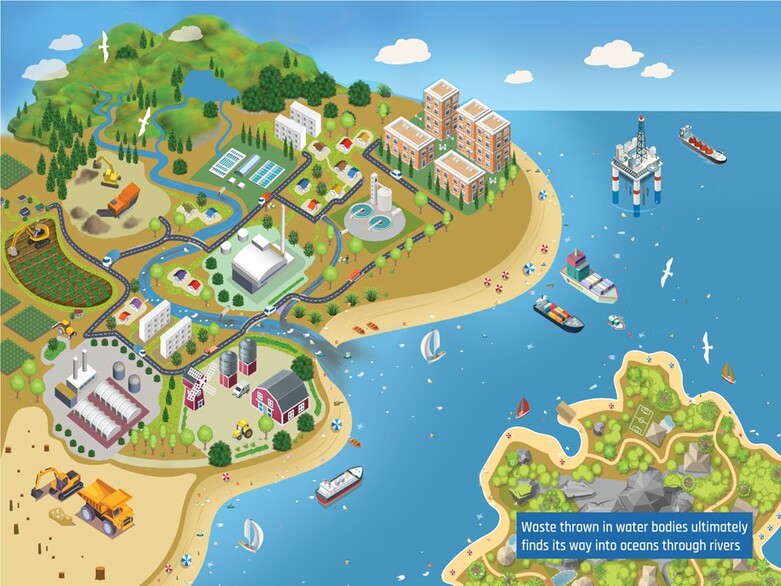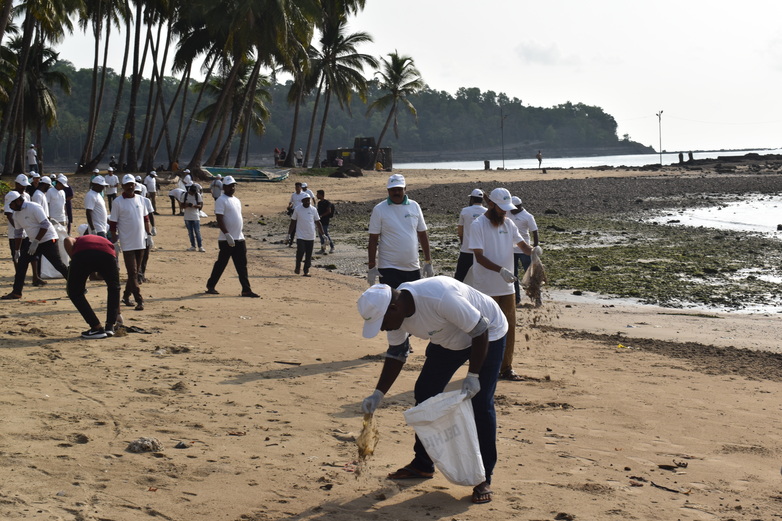Improving the management of solid waste to prevent marine litter
Cities Combatting Plastic entering the Marine Environment (CCP-ME)
-
Commissioning Party
German Federal Ministry for the Environment, Nature Conservation, Nuclear Safety and Consumer Protection (BMUV)
-
Country
-
Lead executing agency
More
-
Overall term
2020 to 2023
-
Other Stakeholders
Urban Development Department (State of Uttar Pradesh), Suchitwa Mission (State of Kerala), Urban Development Department (Union Territory of Andaman & Nicobar Islands), Kanpur Municipal Corporation, Kochi Municipal Corporation, Port Blair Municipal Council
-
Products and expertise
Sustainable Infrastructure: Water, Energy Transport

Context
Current estimates suggest that 9 to 10 million tonnes of plastics enter the oceans globally every year and become marine litter. The vast majority of marine plastic litter comes from land-based sources, entering into the marine environment from human settlements along coastlines and river catchments. Moreover, 88-95 per cent of all river-borne plastic comes from just ten rivers, two of which – Ganga and Indus – are in India. Furthermore, India remains one of the biggest plastic-producing countries with a plastic-processing industry that reached more than 22 million tonnes per year by 2020.
India’s struggle with waste management is apparent in its poorly managed dumpsites and landfills, plastic piles as well as clogged drains. Most of the solid waste ending up in rivers is generated by cities with poor municipal waste management systems. Waste segregation at source as well as technologies and infrastructure for recycling have been introduced in many cities but are not widely practiced. About 40 per cent of the plastic waste generated remains uncollected leading to large-scale litter and pollution.
Objective
Enhanced practices including digital tools to prevent plastic entering the marine environment have been established in selected cities, states and at national level in India.

Approach
The project focuses on the following aspects:
- Providing a smart mix of national, state and city level guidelines, technical specifications, Standard Operating Procedures (SOPs), digital and technological tools, a digital platform for secondary raw materials as well as awareness-raising and behaviour change approaches.
- Implementing demonstration projects for Material Recovery Facilities (MRFs) in all three piloting cities.
- Tying up with bulk recyclers and producers to maximise resource recovery for conversion of non-recyclables to recyclables, thus closing the material loop.

Last update: June 2023






